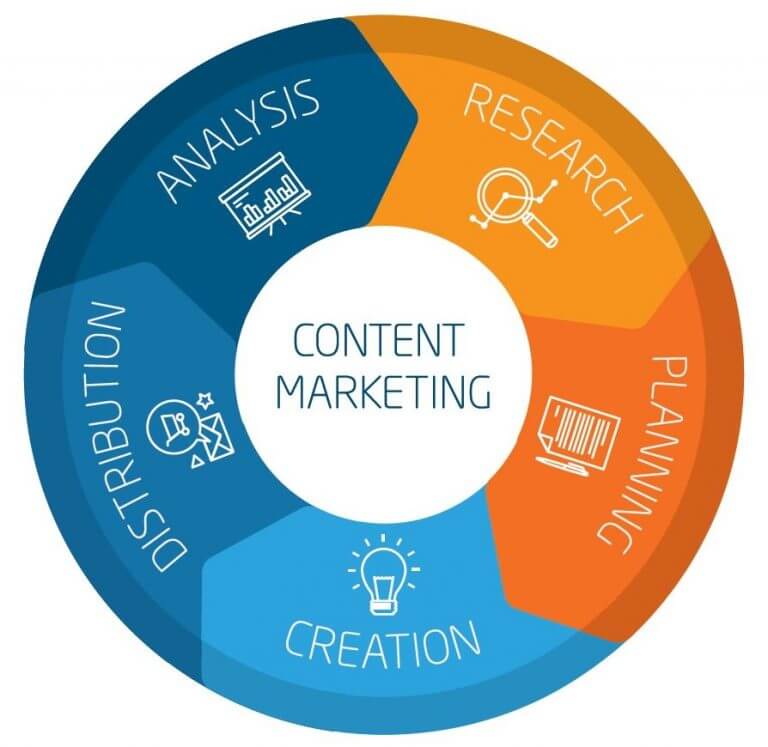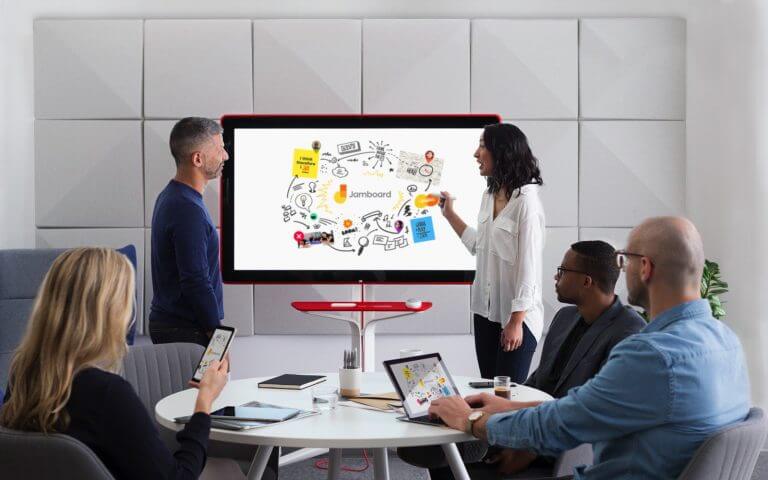Customers decide very quickly—in a matter of seconds—whether they like your marketing message. Provide something relevant and you’ve got a satisfied customer. Miss the mark, however, and they’re gone.
This issue of relevance in our era of instant gratification is particularly pronounced because consumers are bombarded with messages, most of which are off target. Personalization—the tailoring of messages or offers to individuals based on their actual behavior—promises to address this issue.
While many companies have been able to personalize with a few product lines or segments, most still struggle to scale across all the ways they engage with customers. And although technology has an important role to play, in our experience, most companies already have plenty of tools. The real challenge is to transform the marketing organization’s processes and practices to achieve the full potential of personalization.
Done right, personalization enhances customers’ lives and increases engagement and loyalty by delivering messages that are tuned to and even anticipate what customers really want. These benefits to the customer translate into benefits for the company as well. Personalization can reduce acquisition costs by as much as 50 percent, lift revenues by 5 to 15 percent, and increase the efficiency of marketing spend by 10 to 30 percent.







